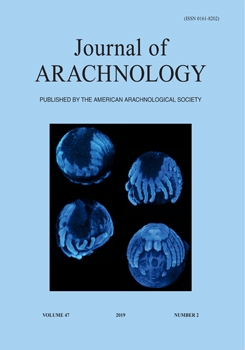The reproduction of the yellow scorpion Tityus serrulatus Lutz & Mello, 1922 (Scorpiones: Buthidae) mainly occurs by parthenogenesis, and sexual reproduction is known for only a few populations. Recently, bacteria of the genus Wolbachia, a group of intracellular symbionts known to induce asexual reproduction in many groups of arthropods, were reported in a population of T. serrulatus. This finding suggests that the parthenogenesis in this scorpion could be caused by these bacteria. We tested the correlation between Wolbachia presence and parthenogenesis in T. serrulatus through PCR amplification tests of three bacterial genes (WSP, ftsZ and 16S) in parthenogenetic and sexual individuals. The results for Wolbachia were negative both in individuals from a sexual population and parthenogenetic individuals. This suggests that the Wolbachia infection previously reported for this species would be restricted to just the single population analyzed, or that the results previously obtained could be related to sample contamination.
How to translate text using browser tools
16 September 2019
Is the parthenogenesis of the yellow scorpion (Tityus serrulatus) promoted by endosymbiont bacteria (Wolbachia sp.)?
Gracielle F. Braga-Pereira,
Teofânia H.D.A. Vidigal,
Fabrício R. Santos,
Adalberto J. Santos
ACCESS THE FULL ARTICLE

The Journal of Arachnology
Vol. 47 • No. 2
August 2019
Vol. 47 • No. 2
August 2019
Intracellular bacteria
PCR
sexual reproduction




